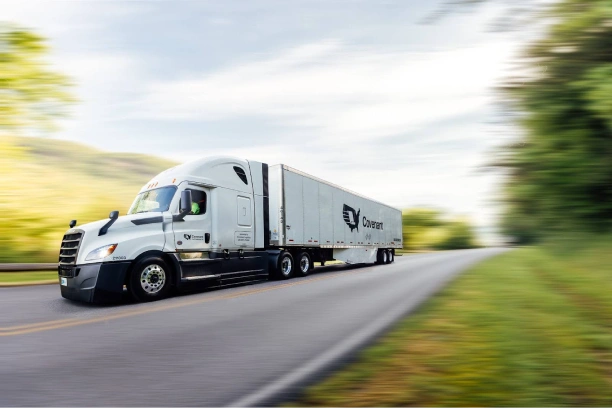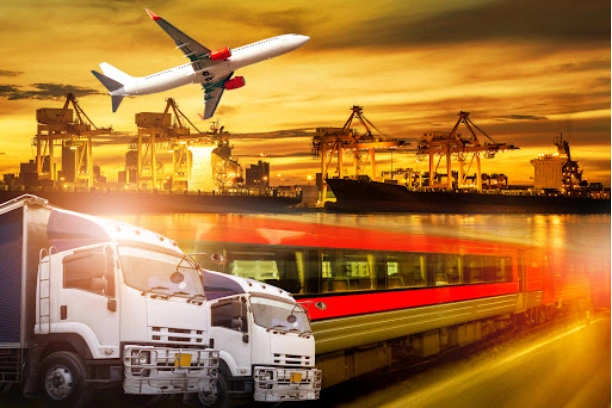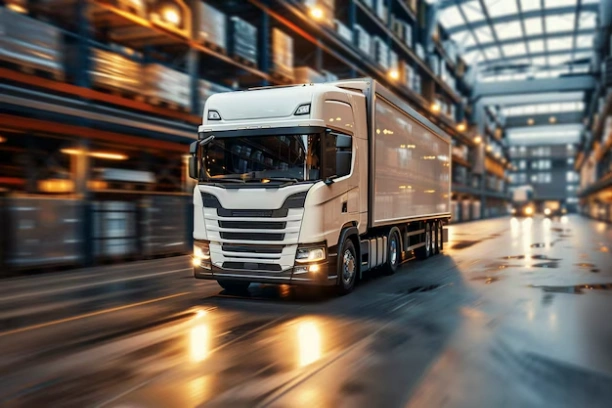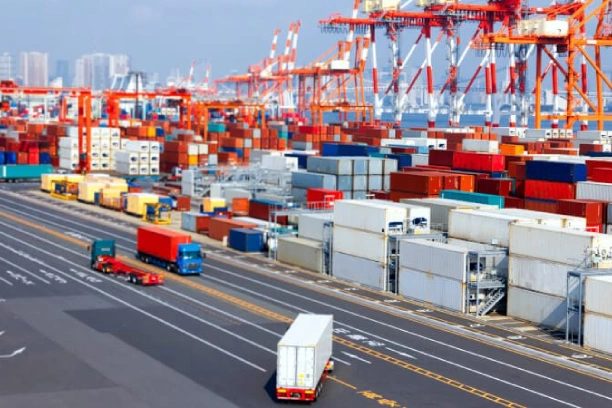



- Introduction to Transport and Logistics:
– Define the field of transport and logistics, highlighting its importance in global trade and supply chain management. - Types of Transport Modes:
– Discuss various modes of transportation such as road, rail, air, and sea.
– Explain how each mode is suited to different types of cargo, distances, and speed requirements. - Logistics Operations:
– Detail the processes involved in logistics, including warehousing, inventory management, and distribution.
– Explain the role of logistics in ensuring efficient movement and delivery of goods. - Technological Advancements:
– Explore how technology has transformed transport and logistics, such as GPS tracking, RFID, and automation in warehouses.
– Discuss the impact of digital platforms and analytics on optimizing supply chain operations. - Challenges and Solutions:
– Address common challenges in transport and logistics, like congestion, regulatory compliance, and environmental sustainability.
– Highlight innovative solutions and strategies being adopted to overcome these challenges. - Global Trade and Economic Impact:
– Analyze the role of transport and logistics in facilitating global trade and economic development.
– Discuss trends such as globalization, e-commerce, and their influence on logistics strategies. - Future Trends:
– Predict future trends in transport and logistics, such as the rise of autonomous vehicles, sustainable practices, and smart logistics solutions.
– Consider how geopolitical shifts and technological advancements may shape the industry. - Case Studies and Examples:
– Provide examples of successful logistics operations or innovative transport solutions from real-world applications.
– Discuss lessons learned and best practices that can be applied in different contexts.



